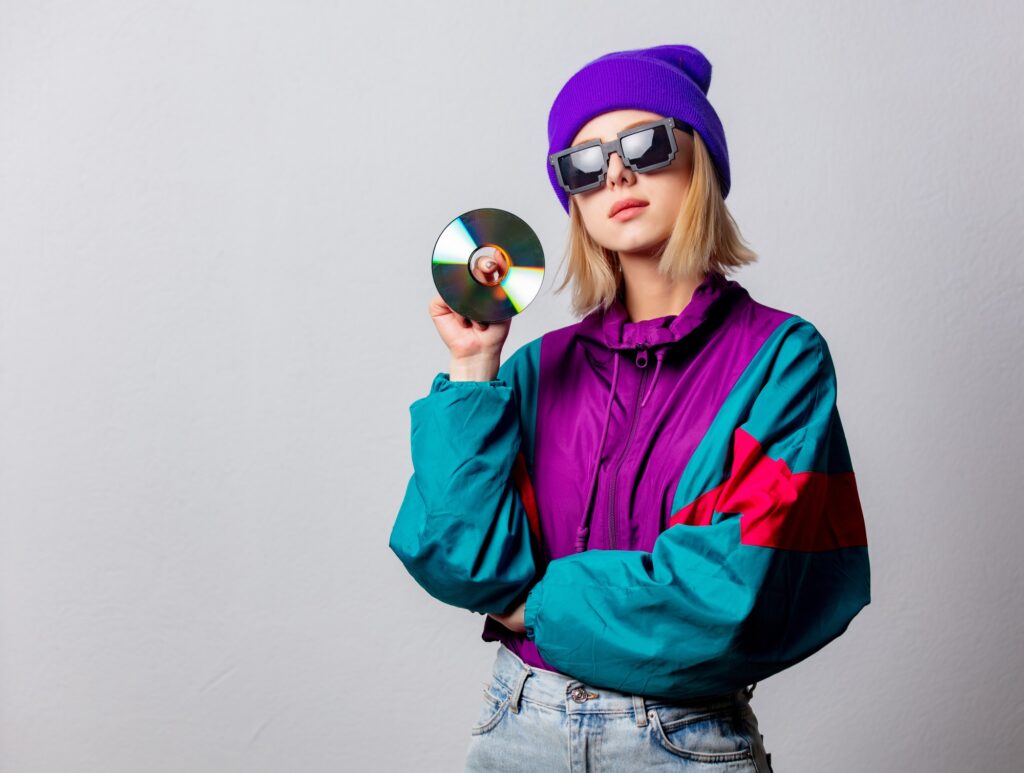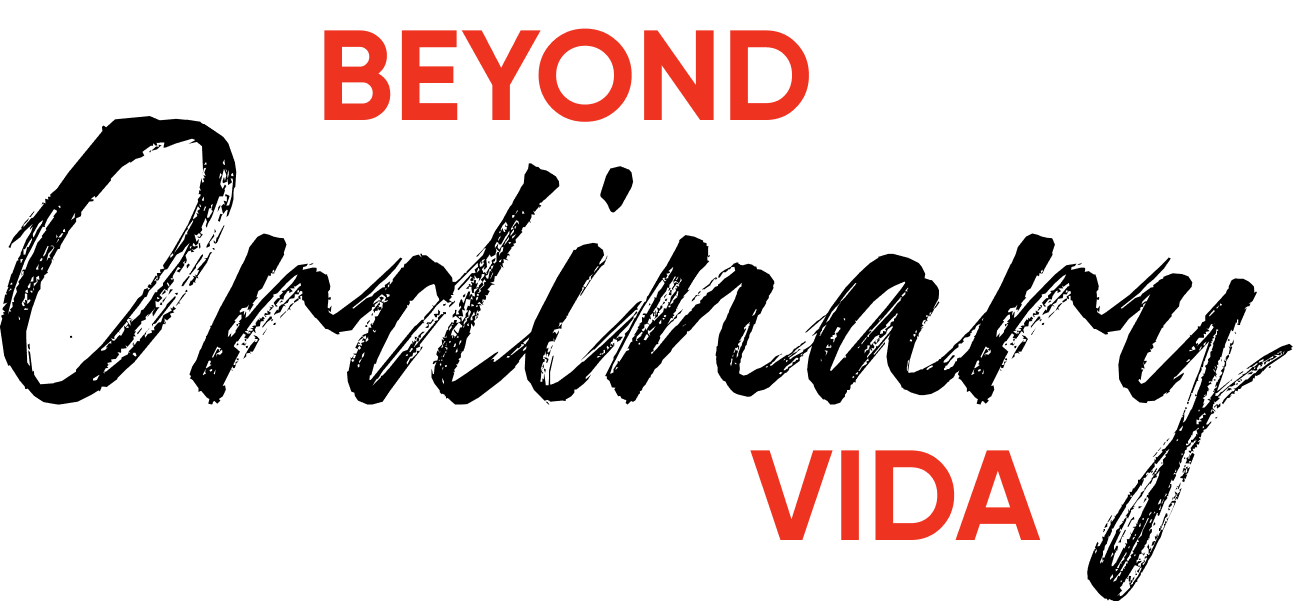The y2k style, i.e. the 2000s, is behind us. What now? The return of indie sleaze fashion, where the lack of tension and originality count more than perfection and trends. All to the rhythm of indie rock.

It’s 2008. I’m 15. I listen to Kings of Leon, Franz Ferdinand, Muse and Avril Lavigne. I wear frayed micro shorts, a studded leather belt, an oversized Arctic Monkeys T-shirt, and a slim satin scarf tied around my neck. I dream of Hunter Wellington wading in the mud like Kate Moss at the Glastonbury Festival. I adore the style of Mary-Kate Olsen, Alexa Chung and Sienna Miller. These are the times of flip phones that I ostentatiously slam every time I end a call, iPod Nanos, Tumblr (the ancestor of Instagram), and digital phones replacing parents’ analog phones. The outfits I wear to school are chaotic and ill-considered – nothing fits together, but it intrigues me (at least to me). All this so that the end result is as hipster as possible today.
When I analyze the trends for the new season 14 years later, I notice the first signs of the style from my teenage years in the shows. Tacky or ripped tights (Gucci), pants with holes (Dsquared2), vintage leather jackets (Acne Studios), T-shirts from the boyfriend’s closet (Coach), sweatshirts combined with sequin skirts (Celine), frayed shorts (Blumarine), dresses boho worn over trousers (Louis Vuitton), narrow scarves tied around the neck (Miu Miu). The similarity can be seen not only in individual elements but also in the general atmosphere of styling – nonchalant and completely unorganized. This so-called indie sleaze style is from which designers draw handfuls today (even if they don’t admit it).
This trend from 2006-2012 (dates are arbitrary) had no name until a few months ago; New York trend researcher Mandy Lee intriguingly christened it in a viral video on TikTok – indie sleaze. How to describe this style in one word? It’s not possible. It is so eclectic that it includes glamor, boho, rock, punk, and grunge. It was created during the period of the greatest popularity of indie rock (short for “independent,” bands playing this music often released albums on independent labels), was an expression of opposition to the mainstream, the so-called Y2K era (conventionally 2000-2009), i.e., sweet and skimpy stylizations of MTV stars, including Paris Hilton and Britney Spears. Who modeled indie sleaze? Everyone leaving nightclubs in the morning and attending music festivals such as Glastonbury. British it-girls, singers, and girlfriends of musicians – Kate Moss (her boyfriend at the time was Pete Doherty), Sky Ferreira, Alice Dellal, Agyness Deyn, and Lily Allen. From overseas, let’s add Lindsay Lohan, Ashlee Simpson, and Mary-Kate Olsen (before she became a minimalist) to the list. The most important in the indie sleaze style was sleaze: rips, holes, and rolled-up sleeves are welcome elements of the look, as are smudged lines (on the eye, lips) or slightly disheveled hair as if you just got out of bed. “Sleaze” was so important that in every pair of shoes my parents gave me, I had to walk on the sand first so that no one would think they were new. Imagine Mary-Kate Olsen in an oversized plaid shirt, leggings, heeled boots and a leather shopper, or Kate Moss in micro shorts, a faded T-shirt,
Why the sudden interest in a style that has not even passed 20 years since its twilight? Generation Z, music, and Instagram are involved, as always. Isabel Slone, a journalist at HarpersBazaar.com, claims that indie sleaze is the latest trend happening here and now, just before the impact of virtual reality and social media. According to her, returning to it is a reaction to the growing popularity of the metaverse (which makes some of us miss the analog reality) and to galloping inflation. A few years ago, to be an indie sleaze girl, you could buy a piece of clothing for five zlotys (or – as Macklemore sang – for 99 cents) because fashion loot was obtained in thrift stores (today, prices in second-hand shops are on par with those from chain stores).
Trend forecaster Mandy Lee sees the reason for the renaissance of this style in the forced isolation caused by the pandemic. “People crave contact and creativity. 15 years ago, the indie sleaze subculture, along with music and art, was a powerful social binder,” he believes. The return of music festivals certainly has an impact on the re-popularization of the trend. Everywhere, you can feel the vibes of indie sleaze at the concert of The Killers, Tame Impala, or listening to the album Muse (premiere on August 26). And although I grew out of wearing tunics with leggings and high heels with every outfit (I discovered sneakers!), looking through my old photos, I noticed the ease that characterized those combinations. I was dressing for myself, not for photography. And also, that indie sleaze values individualism, and it’s hard to fake unique looks based on vintage. Let’s treat his return as a break from focusing on what and where to wear and what not. Summer festivals and concerts are a good time to tone down a bit.













